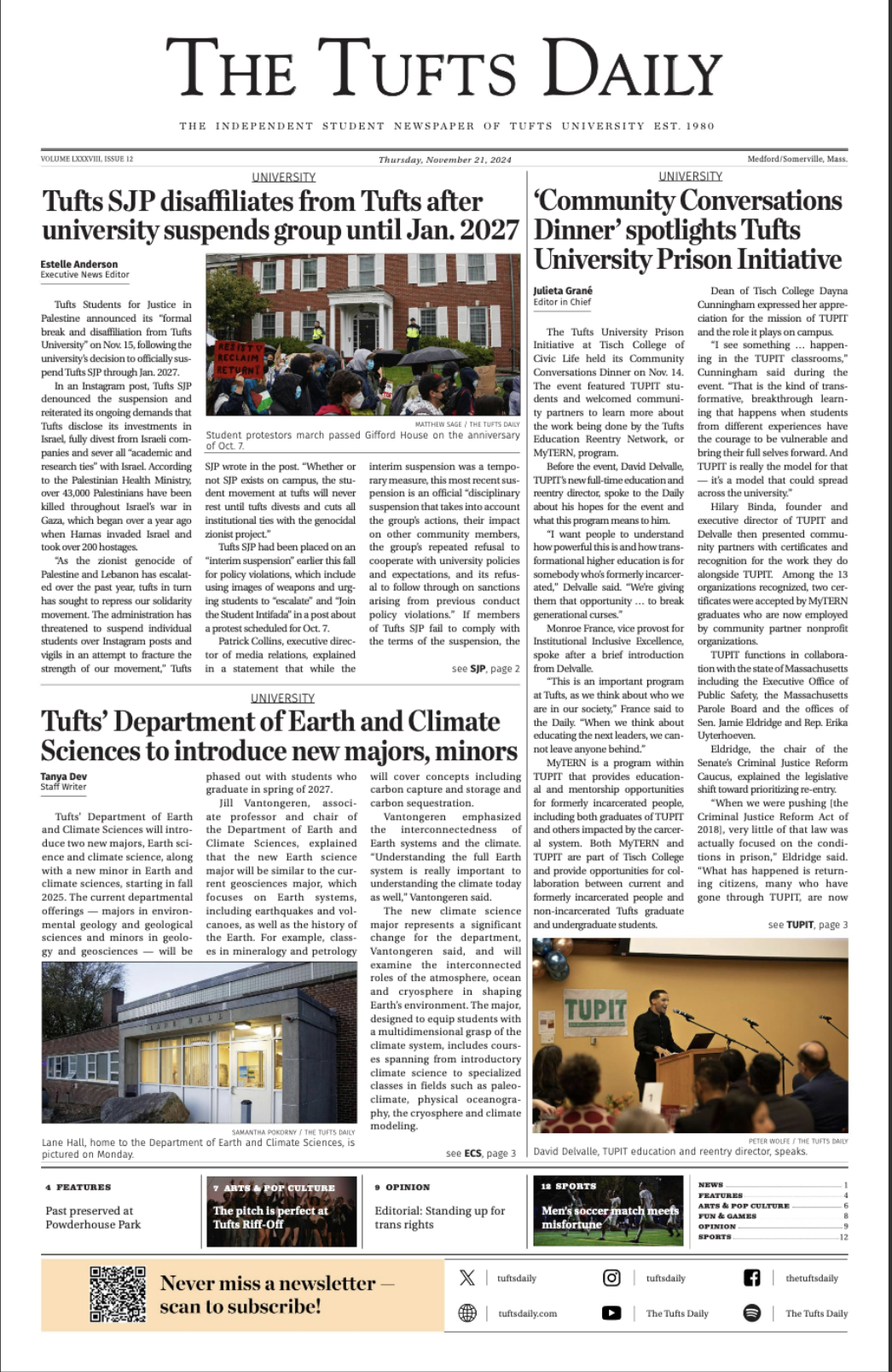Buried within the book "The Ivy Look" is an Oscar Wilde quote that sums up its intention: "To me, beauty is the wonder of wonders. It is only shallow people who do not judge by appearances."
With an oxymoronic mixture of Ivy style elitism and fashion socialism, Graham Marsh and JP Gaul embark on an attempt to explain why the Ivy look, aka "preppy" style, is both exclusive and refined, while at the same time flattering to any person who embraces it.
Throughout the book, the most significant point the authors convey ?? though never in the clearest terms ?? is that any person donning the Ivy look does so out of an appreciation for style and beauty.
In other words, the types of people who embrace the Ivy look can vary drastically, from college professors to modernist painters because it simply represents an interest in creativity and appearance, a characteristic not confined by profession or social class. This idea sheds away some of the abrasive elitism that often comes with the style, further supported by the fact that black jazz musicians in the 1950s and 1960s ?? a group that, as history shows, didn't enjoy an elitist position in society ?? embraced the Ivy look and made it their own.
Toward the end, "The Ivy Look" begins to veer a little off topic. The authors stray from fashion when they decide to delve into the influence of film ?? a topic that cannot be sufficiently covered in the limited text format that they give each section.
Next comes a section on cars, which seems added for no reason except to demonstrate that Volkswagon Beetles and Porsche Speedsters were cool. Cars are illogically lumped in with cigarettes, their only connection being that "in the 1950s and 1960s everybody smoked" and that sometimes smoking occurred in cars. The book then ends in a bizarre one?page ode to Steve McQueen, whom the authors call "the best dressed bad boy in Hollywood."
Despite its drawbacks, however, the book makes some interesting points about Ivy style and its relationship with men's fashion. A woman's perspective of men's fashion, especially when it comes to suits, often assumes that it all generally look the same. Marsh and Gaul could not disagree more.
"The details make the difference," they write, and, in fact, the two spend most of the book explaining the subtle, illusive nuances between buttoning one button and buttoning two, deck shoes and saddle shoes, club collars and tab collars, and so forth. A category of fashion that was seemingly limited to a monotonous suit?shirt?tie combo is actually a complicated and delicate balance of masculinity and fashion sense, toeing the line between not trying too hard, while simultaneously paying attention to something like the placement, roll and style of one's shirt collar.
While the book lays down some elitist Ivy look claims, such as the necessity for natural fabrics instead of man?made ones or the fashion faux?pas of wearing trousers with front pleats, one can assume from the introduction that the authors aren't snobs but instead passionate connoisseurs of this particular genre. And somehow, the two are not one and the same.
In his introduction, Gaul writes of Ivy, "It is a wardrobe that bestows tradition and elegance upon those who were not born into backgrounds of tradition and elegance. It's a quiet, decidedly un?flashy way of communicating an appreciation for clothes." This is the most interesting statement in the whole book, and it is unfortunate that it is not delved into further.
Instead, the rest of "The Ivy Look" concerns itself with superficial descriptions of things that are or were "cool." This goes hand in hand with one of the benefits of the book, which is that it is short, straightforward and light on text, but much of the discussion nevertheless remains surface?level.
It's possible that the authors simply did not have time to delve any deeper if they wanted to maintain the integrity of a fashion book heavy on visual images.
And indeed, the best aspect of "The Ivy Look" is its immense compilation of vintage men's clothing advertisements and vinyl covers. It provides context, as well as the chance for an interesting sociological study of how advertisers approached men's fashion.
Although there are drawbacks to "The Ivy Look," Marsh and Gaul are sincerely passionate about style in a way that is rarely seen among men anymore. Their attention to specific detail, as well as the unique connection they make between Ivy style and jazz is both interesting and unexpected.
Overall, the two die?hard, Ivy?clothed authors should be able to convince just about any reader that "it's hip to be square."





